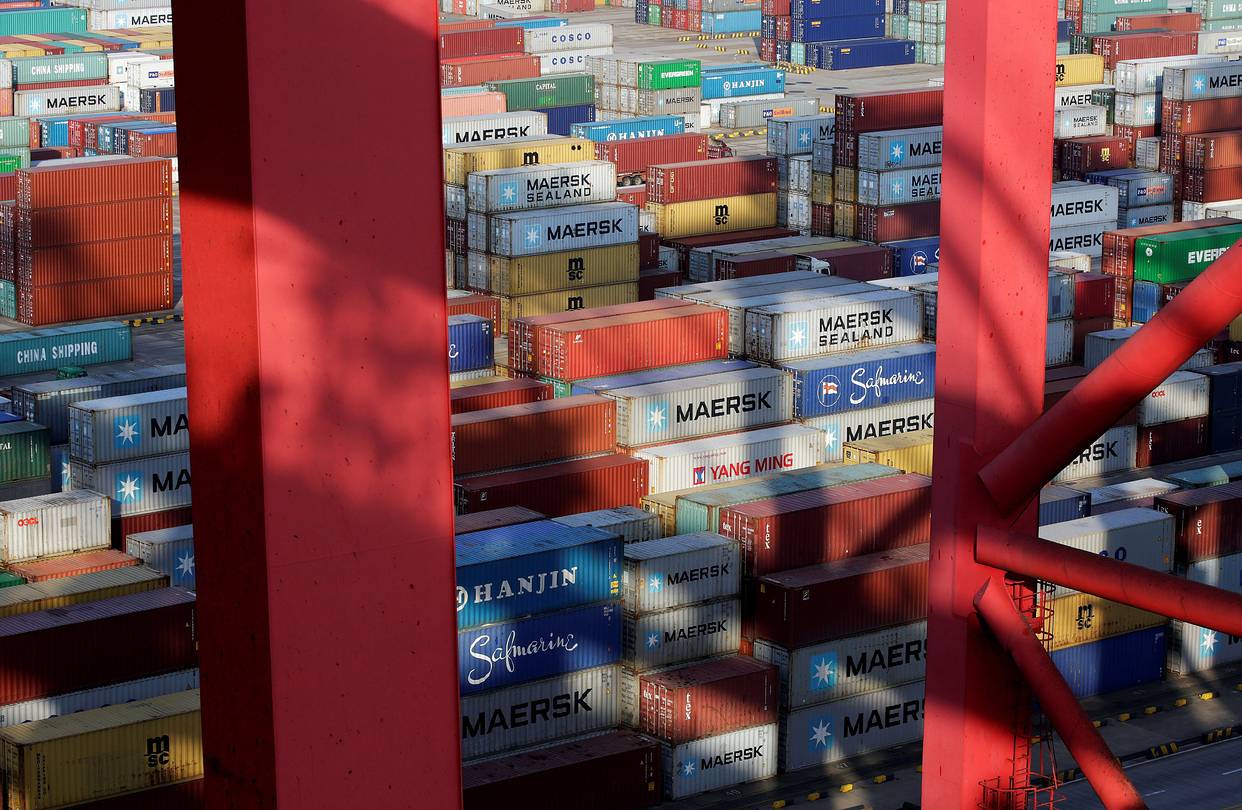Wall Street Journal
 I
I
t’s been less than a week since the White House confirmed the collapse of the Trans-Pacific Partnership trade deal, and already Asian states are racing to make new trade arrangements without the U.S. This time the focus is on the 16-nation Regional Comprehensive Economic Partnership, or RCEP, a deal that excludes the U.S., goes easy on statist economies and boosts China’s ambition to be the economic and strategic hub of the Asia-Pacific.
Beijing embraced RCEP in 2012 as a counterweight to TPP, but most governments preferred the U.S.-led pact. That’s because TPP sought not only to eliminate or reduce tariffs on 18,000 categories of goods, but also to curb nontariff barriers to trade, including subsidies for state-backed firms and theft of intellectual property. This would have spurred economic reforms in Vietnam and Malaysia, opened up Japanese farming and services to competition, and enhanced America’s engagement in Asia. “Long-term its strategic value is awesome,” said Japanese Prime Minister Shinzo Abe.
RCEP is different. With participation from the 10-member Association of Southeast Asian Nations plus China, Japan, South Korea, India, Australia and New Zealand, the deal covers 30% of global GDP and half the world’s population. But its liberalizing effects will be limited mostly to lower tariffs on goods. That’s progress as far as it goes, but trade in services and investment—and non-tariff matters such as subsidies and property rights—will see little improvement. With China dictating the rules, RCEP will be a safe space for statism and cronyism.
A country like Vietnam can expect RCEP to facilitate increased manufacturing investment from firms in Japan, South Korea and China. But modernizers in Hanoi won’t have the leverage TPP would have provided to drive systemic change, such as curbing handouts to inefficient state enterprises. Japan can expect easier access to labor in India. But RCEP’s lower market-opening standards mean leaders in Tokyo will have a harder time facing down domestic cartels that prefer less competition and higher consumer prices.
RCEP members will trade more with China, squeezing their economic and strategic ties to the U.S. The White House Council of Economic Advisers this month assessed that if RCEP passes in place of TPP at least 35 U.S. industries that annually export $5.3 billion in goods to Japan “would see an erosion of their market access to Japan relative to Chinese firms.” This would affect 162,000 U.S. businesses that employ five million U.S. workers—and that’s only counting exports to Japan, one of seven TPP countries also involved in RCEP.
In a further self-inflicted wound, the death of TPP and the rise of RCEP would also give U.S. firms greater incentive to outsource production to RCEP countries where, unlike in the U.S., they could get preferential access to Asia’s booming markets. Such are the unintended consequences of America’s rising protectionism.
Donald Trump could reverse his opposition to TPP by seeking a renegotiation, much as President Obama did on a bilateral deal with South Korea. If the President-elect won’t budge on TPP, he can at least cushion the damage by seeking bilateral trade deals with partners like Japan. Meantime, expect Asian states to take the RCEP deal on the table and move further into Beijing’s orbit.




